Gunnar Arctaedius, B.Sc. M.Sc.
Gunnar Arctaedius studied Applied Physics Engineering at the Faculty of Science and Engineering at Linköping University, with a focus on Engineering Mathematics. He completed his Master Thesis about computational methods withing cryo-electron tomography in Frankfurt am Main. Joining the group in 2023, he is working towards his PhD in mathematics, currently focusing on deep neural network methods for solving the Schrödinger equation.
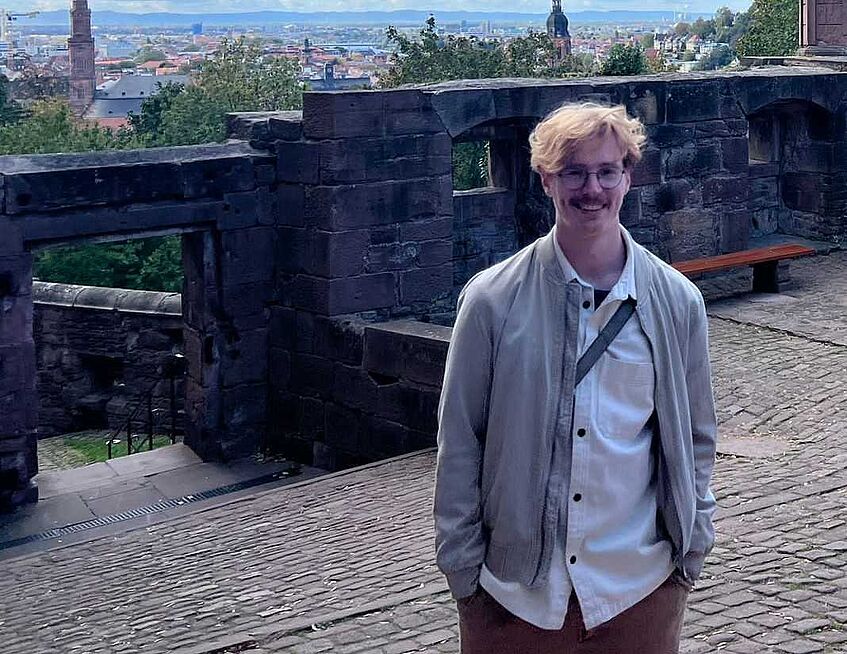
Leon Gerard, B.Sc. M.Sc.
Leon Gerard studied mathematics at the Technical University of Berlin with the focus on probability theory and deep neural networks. In February 2022, he joined the research network Data Science as a PhD candidate. In particular, he is interested in solving high-dimensional partial differential equations with the use of deep neural networks. Currently, Leon is working on the Schrödinger equation from Quantum Mechanics by accelerating the performance of existing methodologies with the contribution of deep neural networks and a transfer learning approach.
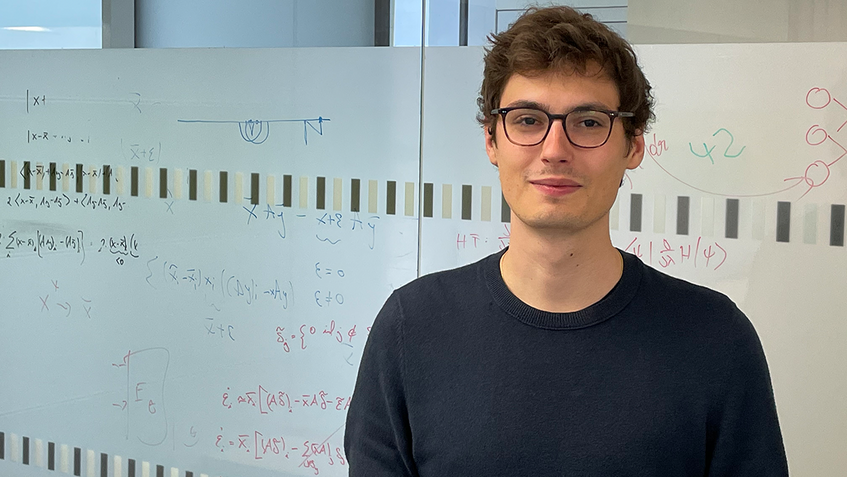
Pavol Harár, Ph.D.
Pavol Harár is a postdoctoral machine learning researcher and engineer focused on fundamental research in deep learning, specializing in learning from limited multi-modal medical data sets. He is skilled in machine hearing, computer vision, and visualization.
He received an MSc in System Engineering and Informatics and a PhD in Machine Learning from Brno University of Technology. He gained experience in predictive modeling, signal processing, and parallel computing as a member of Brain Diseases Analysis Laboratory and Numerical Harmonic Analysis Group. He joined the group in December 2019.
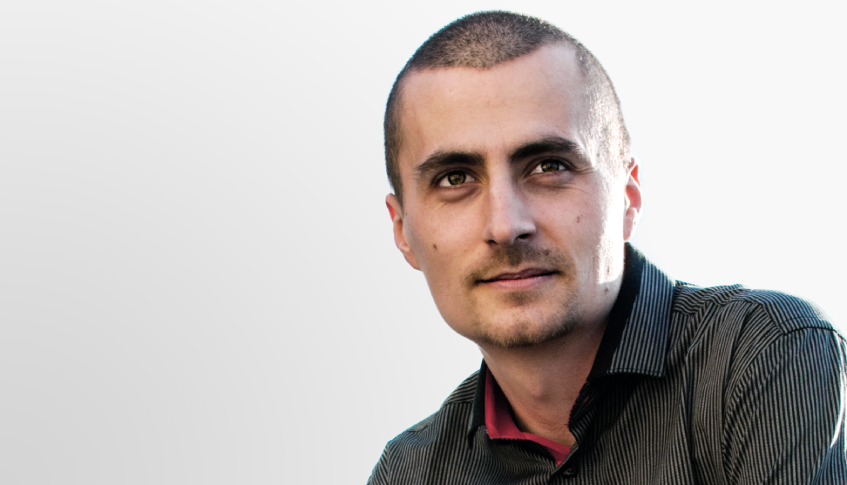
Sarah Koppensteiner, B. Sc. M. Sc.
Yuanyuan Li, B. Sc.
Yuanyuan Li studied mathematics and received her Bachelor's degree at Fudan University. She is a PhD candidate focusing on approximation and regularization of neural networks at Fudan University. She has been visiting the MDS group since November 2023.
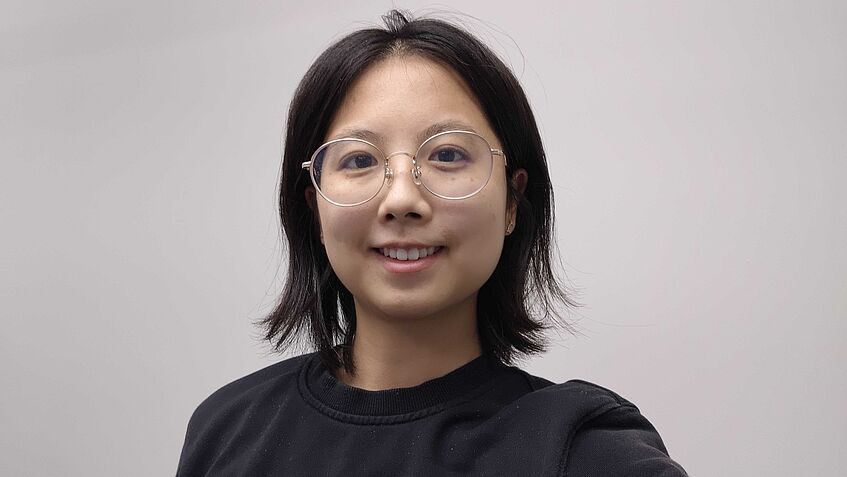
Lukas Liehr, B.Sc. M.Sc.
Lukas Liehr studied Mathematics at the Technical University of Munich and Seoul National University. He received his Master's degree with high distinction from the Technical University of Munich where Analysis and PDE were his selected focus of studies. Afterwards, he worked as a research assistant at Helmholtz Centre Munich. His current research focuses on the infinite-dimensional Gabor phase retrieval problem. He investigates this problem by using techniques from Functional Analysis and Harmonic Analysis. Moreover, he is interested in the design of stable algorithms for phase retrieval.
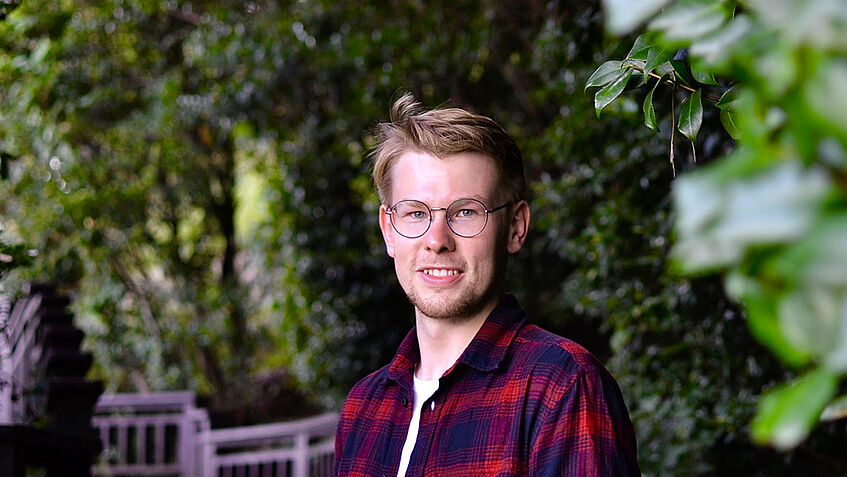
Oliver Potocki, B.A. B.Sc. M.Sc.
Oliver Potocki studied business administration at the University of St.Gallen and mathematics at the Universities of Konstanz and Bonn, where he wrote his master's thesis on geometric learning of symmetric positive definite matrices. He joined the group as a PhD candidate in 2024. His current focus is on regularity properties of the Schrödinger equation and its approximability by neural networks.
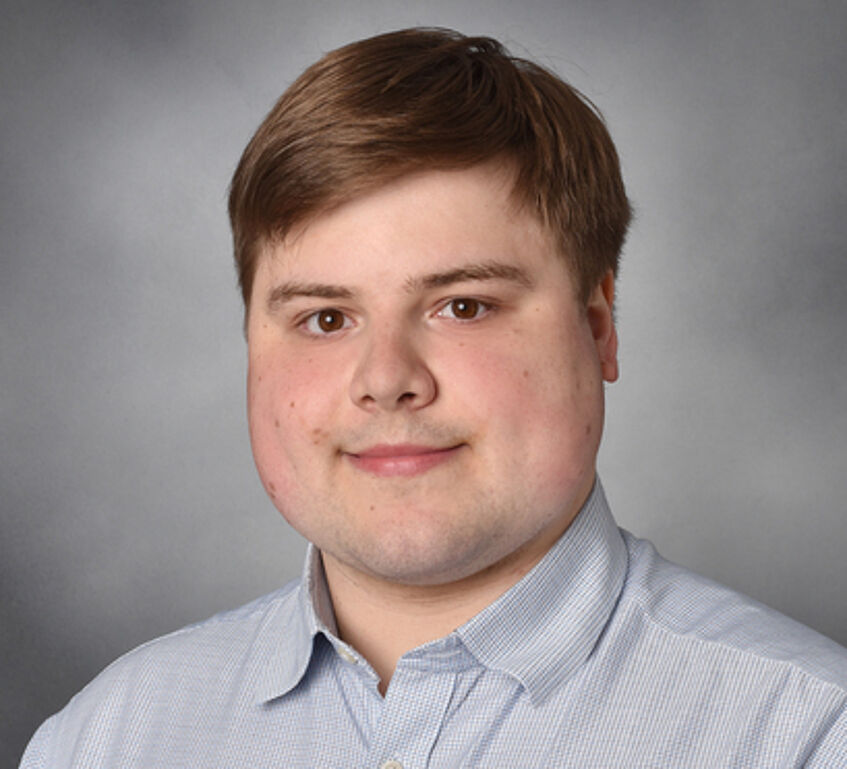
Dipl.-Ing. Michael Scherbela, M.Sc.
Michael Scherbela studied physics at the Graz University of Technology, specializing in computational physics. He joined the group in 2020 and is currently pursuing his PhD in mathematics, primarily conducting research on applications of deep learning methods to problems in the natural sciences. In particular he is interested in developing neural-network-based methods to find solutions to the Schrödinger equation, which lies at the heart of computational chemistry and quantum physics. To tackle this problem he combines existing quantum chemistry approaches with deep-neural networks, designs new network architectures for unsupervised learning, and optimizes existing approaches.
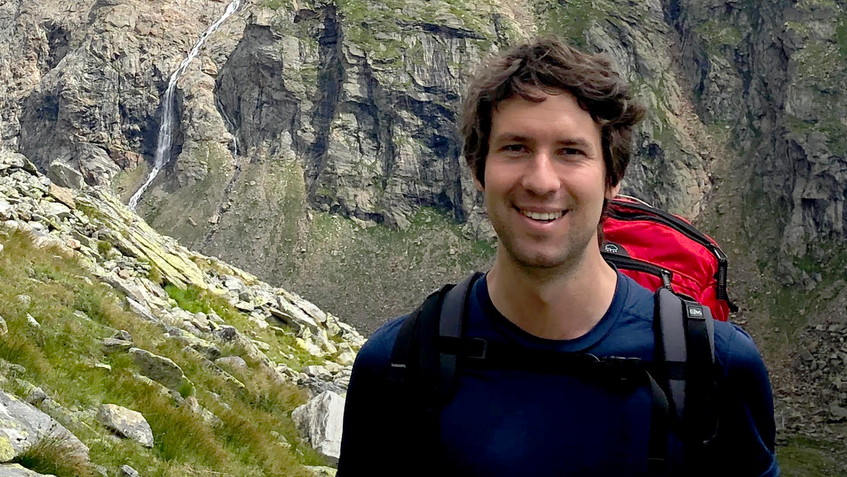
DI DI Dr.techn Georg Tauböck
Georg Tauböck received the Dipl.-Ing. degree and the Dr.techn. degree (with distinction) in Electrical Engineering/Telecommunications and the Dipl.-Ing. degree (with distinction) in Mathematics from TU Wien, Austria, in 1999, 2005, and 2008, respectively. He also received the "Konzertfach" Diploma in Violoncello from MUK – Music and Arts University of the City of Vienna (formerly: Conservatory of Vienna), Austria, in 2000.
From 1999 to 2005, he was a junior researcher at the Telecommunications Research Center Vienna, Austria, and from 2005 to 2014, he worked as a PostDoc and project leader at the Institute of Telecommunications, TU Wien, Austria. In 2011, he was a visiting researcher at the Chair for Mathematical Information Science (formerly: Communication Technology Laboratory), ETH Zurich, Switzerland. From 2013 onwards, he held a (non-tenured) group/cluster leader position ("Mathematics and Signal Processing in Acoustics") at the Acoustics Research Institute, Austrian Academy of Sciences, Austria, and, in 2022, he returned to the Institute of Telecommunications, TU Wien, Austria.
He joined the MDS group in April 2023. His research interests include mathematics and signal processing with emphasis on compressive sensing, phase retrieval, learning, and information theory as well as on devising methods for real-word applications.

